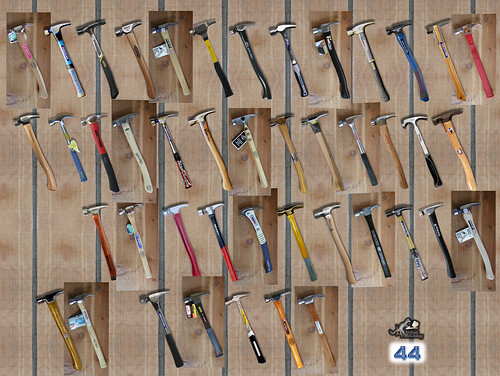57: How do you create a vision? #LifeWideLearning16 @MrChase
— Ben Wilkoff (@bhwilkoff) February 27, 2016
As much as I love to cook, one ingredient fills me with a sense of foreboding. In cakes and cookies, sugar is easy enough to handle. Whisk it with soft butter and the crystals puncture the fat cells, giving you the rich creaminess that’s going to glom on to everything else in your batter. In its resting state, sugar is attractive to everything in the bowl. Who doesn’t want a little low-risk sweetness.
It’s when working with sugar specifically, in confectionary work, that the stakes are raised. Temperatures become precisely important. Depending on what you are trying to make – a taffy for instance – you’re going to need to watch the sugar closely. While the end result will be delicious, in the process of cooking with sugar, touching it will blister the skin. Once sugar has moved to a liquid state, too much is in flux to be able to take hold of it. You’ve got to wait until it’s found its final form to grasp it.
So too is it with vision. In its solid state, everyone can take a piece of vision. It can be a part of everything an organization does. Again, who doesn’t want a little low-risk sweetness. Vision that’s been set somewhere off-site or prior to a team’s formation seems easy enough to handle.
When vision needs to be something more, when an organization needs to head a different direction, that’s when it can become too hot to hold for some members of a team. While they were fine to pass around the standard refined message of the organization, they may not have the tools, the patience, or the know how for transforming a pretty standard statement of vision into something in flux and then returning it to a solid state.
Maybe you’ve been in meetings with these folks. You’re talking about the new vision for a school or a interdisciplinary team, maybe it’s a cross-classroom unit plan. Whatever the stakes, you’re likely to find one or two people who tap out. They’re fine to support whatever vision is crafted by the rest of the team, just let them know when you’re done.
Moving a vision from a solid, graspable statement to something in flux can create heat between colleagues and peers. While that heat and friction are exactly wha are needed to mold a new vision, they can and will become uncomfortable for some team members. Blisters will result in relationships, between offices, on teams; if care isn’t taken in how creation of this new vision is handled.
Similarly, you won’t know if you’ve crafted the vision you were setting out to create until it cools and sets to a point where you can put that vision to practice. Many batches of candies have ended up in the garbage after hours of work because I’d rather throw them out than eat them or serve them to others.
This is exactly what any vision-setting team must be prepared to do. A vision that doesn’t serve the organization, that is a mismatch for the passion of its people, is a vision that should be tossed. Even if you need to throw it out, I can attest to the fact you’ll have learned enough from the process to move you closer to success in the next batch.
From Theory to Practice:
- When starting the process to refine or redefine the vision for your organization, identify a coalition of the willing. This doesn’t have to be limited to folks who think it’s time for the vision to change, in fact it shouldn’t. Make sure you ask people who like the vision just fine the way it is to come on board. Having the loyal opposition as part of the process will help to make sure you’re building something everyone can own.
- Make sure you get it where you want to go. Sometimes, when working with sugar, it can be tempting to ignore the temperature and say, “This hot is good enough.” In the end, it won’t be. Ending the vision-setting process prematurely can mean you’ve got a vision that won’t hold together or will be too brittle to stand up to external pressures. It can be tempting to stop the process when you want it to be done. Stick with it until you’re entire team is sure.
This post is part of a daily conversation between Ben Wilkoff and me. Each day Ben and I post a question to each other and then respond to one another. You can follow the questions and respond via Twitter at #LifeWideLearning16.

